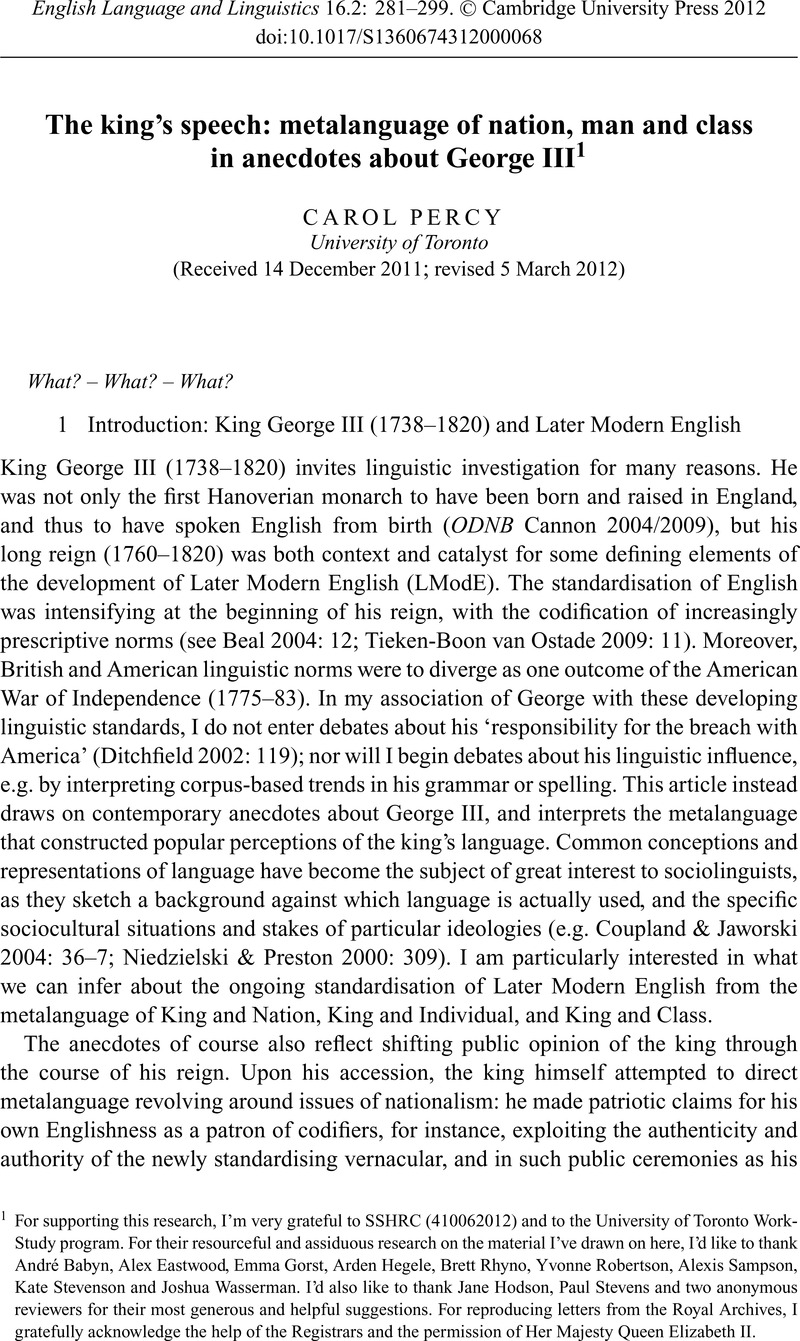Crossref Citations
This article has been cited by the following publications. This list is generated based on data provided by Crossref.
McIntyre, Dan
2013.
The year’s work in stylistics 2012.
Language and Literature: International Journal of Stylistics,
Vol. 22,
Issue. 4,
p.
333.



